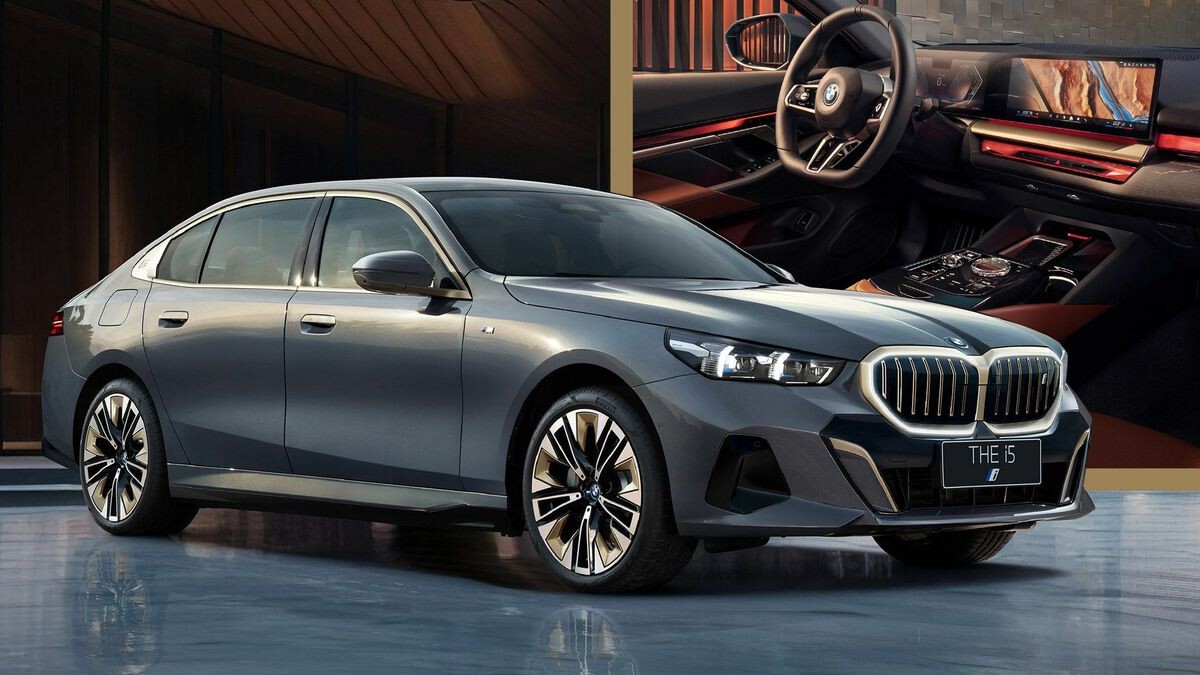When purchasing a vehicle, the initial sticker price often captures the buyer’s attention, but it is only part of the financial picture. Equally, if not more, important is the long-term cost of ownership, especially the expenses associated with maintenance and repairs.
Over five years, a vehicle owner can spend thousands of dollars on servicing, replacement parts, and unexpected repairs. These costs can vary dramatically between different makes and models, influenced by factors such as engineering complexity, build quality, availability of parts, and the reliability of key components.
Understanding average maintenance costs over a five-year period is vital for anyone considering a new or used car purchase. For budget-conscious buyers, a low-maintenance vehicle translates into substantial savings, less hassle, and a smoother ownership experience.
Conversely, cars known for high maintenance expenses can become financial burdens, especially when frequent repairs and costly parts come into play. As a result, having insight into which vehicles tend to be the most economical versus the most expensive to maintain can inform smarter, more sustainable buying decisions.
Several factors influence a car’s maintenance costs. Simpler vehicles with straightforward engines, fewer electronics, and robust build quality tend to have lower repair bills. Brands with extensive warranty programs and strong dealer support can also reduce out-of-pocket costs during the critical early years.
On the other hand, luxury and performance vehicles, despite their appealing features and superior driving dynamics, often carry higher maintenance costs due to sophisticated technologies, expensive parts, and the need for specialized service. The cost of labor, especially at authorized dealerships, also contributes significantly to the total ownership expense.
This article explores two ends of the maintenance cost spectrum: five cars with the lowest average five-year maintenance costs and five with the highest. We dive into what makes certain models remarkably affordable to keep running, while others require deep pockets to maintain. From the dependable, budget-friendly compact sedans to the opulent and complex luxury cars, we highlight the core reasons behind these cost disparities.
For instance, models like the Toyota Corolla and Honda Civic have long been celebrated for their reliability and affordability. Their simple yet durable engineering, widespread parts availability, and reputation for longevity help keep maintenance costs low.
Meanwhile, luxury sedans such as the BMW 5 Series and Mercedes-Benz E-Class, with their advanced features and performance-oriented components, often incur higher expenses. These vehicles may offer an unparalleled driving experience but at the cost of more frequent and expensive servicing.
Moreover, this comparison sheds light on common pain points in ownership—be it recurring repairs to air suspension systems, turbocharger replacements, or the challenges of maintaining cutting-edge electronics. It also underscores the importance of regular maintenance habits and how skipping routine care can lead to amplified costs down the road.
Ultimately, knowing the average maintenance costs over five years can empower buyers to balance their desire for comfort, style, and performance with financial practicality.
This knowledge aids in avoiding surprises and helps align vehicle choices with personal budgets and priorities. Whether you’re a first-time buyer, a seasoned car enthusiast, or simply someone who wants to make an informed investment, this article provides valuable insights into the long-term cost implications of your automotive decisions.
Also Read: 5 Sedans With Best Throttle Response And 5 That Are Sluggish
5 Cars with the Lowest Average 5-Year Maintenance Costs
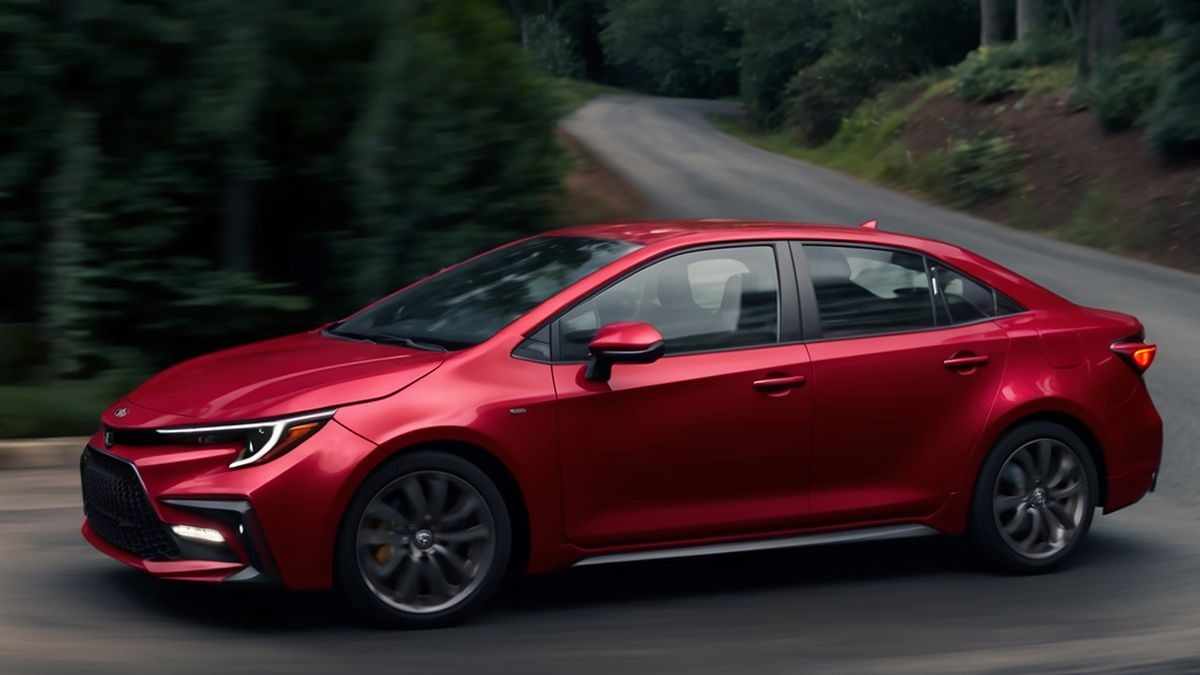
1. Toyota Corolla
The Toyota Corolla has long been the poster child for affordable and worry-free car ownership. Across generations, this compact sedan has built a sterling reputation for mechanical reliability, ease of maintenance, and exceptional longevity. One of the major reasons for the Corolla’s low five-year maintenance costs lies in its conservative engineering.
Toyota intentionally avoids unnecessary complexity in the Corolla’s design. Most powertrains offered in recent models use naturally aspirated engines with simple, proven internal architecture. There are no turbochargers, complex valve timing mechanisms, or overly intricate electronics that can break down and lead to costly repairs.
Toyota’s global production scale also plays a crucial role in keeping costs down. The Corolla is manufactured in multiple countries, and millions of units are sold worldwide. This volume creates a highly competitive aftermarket for spare parts and accessories.
Because replacement parts are so abundant, prices remain low and readily available. Mechanics—both at dealerships and independent shops—are incredibly familiar with the Corolla’s systems, which reduces diagnostic time and labor charges during servicing. Even relatively newer systems, like the CVT transmission used in many current models, have proven to be durable and easy to maintain with proper fluid servicing.
Moreover, the Corolla’s scheduled maintenance plan is refreshingly straightforward. Routine tasks such as oil changes, brake pad replacements, tire rotations, and air filter swaps are infrequent and inexpensive. Toyota’s owner’s manuals lay out clearly defined maintenance milestones, most of which involve basic services that can be completed quickly and affordably.
Owners report rarely needing to spend more than a few hundred dollars per year, assuming normal driving habits. The Corolla also avoids surprise repairs; consumer feedback and mechanic surveys show a remarkably low incidence of unplanned mechanical failures within the first 5–7 years of ownership.
Another key factor that helps the Corolla keep costs low is its emphasis on efficiency. Not only does it excel in fuel economy, but the car is also designed to reduce stress on its components. The engines are tuned for smooth, gradual performance rather than aggressive output, which in turn means fewer wear-and-tear issues.
Even components like tires and suspension systems last longer than average because the Corolla is engineered to deliver a comfortable, composed ride rather than harsh, performance-focused dynamics. This translates to less frequent repairs and fewer part replacements over time.
Finally, Toyota’s legendary reliability reputation means that even used Corollas hold their value and don’t turn into money pits. Many Corolla owners report driving their cars well past 150,000 miles with only minimal maintenance beyond the basics.
The combination of quality engineering, predictable upkeep, and an almost non-existent need for major repairs makes the Corolla not just a smart buy, but one of the most financially sound choices in the entire automotive world. Whether you’re buying new or used, you can count on the Corolla to stay on the road—and out of the shop.
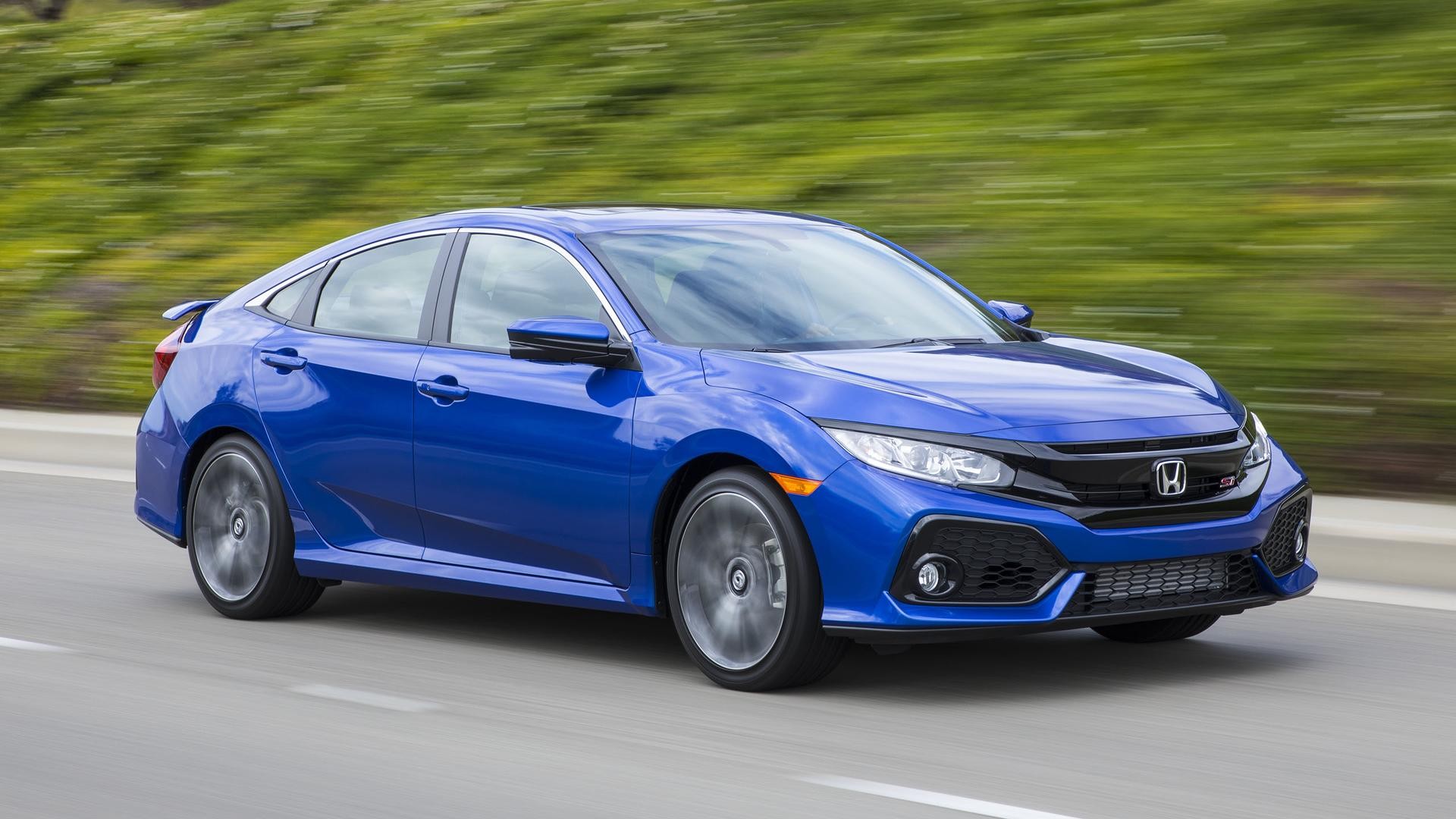
2. Honda Civic
The Honda Civic is another car that has earned its place at the top of the list when it comes to low long-term maintenance costs. Known for its reliability, affordability, and strong resale value, the Civic has been a favorite among commuters, students, and families for decades.
Honda’s engineering philosophy prioritizes mechanical simplicity paired with modern efficiency. The Civic’s powertrains, particularly the 2.0L naturally aspirated and 1.5L turbocharged engines, are designed for minimal maintenance and maximum durability. Though turbo engines generally require more care, Honda’s version has proven robust when properly maintained.
Maintenance on a Civic is generally uncomplicated. The engine bay is logically laid out, making basic tasks like oil changes, spark plug replacements, and filter swaps quick and cost-effective. Brake pads and rotors tend to last longer than average due to the Civic’s lightweight build and balanced braking system.
Honda also offers some of the lowest labor rates at its service centers, and independent mechanics often work on Civics for even less. There’s a broad availability of OEM and aftermarket parts, giving owners cost-effective options when it comes time to replace or repair components.
One of the Civic’s lesser-known strengths is how rarely it suffers from electronic or sensor-related issues. Many modern cars experience costly problems with radar systems, infotainment modules, or emission sensors. Honda has managed to strike a good balance between offering advanced tech and ensuring those systems are durable.
As a result, owners rarely deal with annoying or expensive issues related to the electrical system within the first five years. When software updates or recalls do occur, Honda has a solid track record of handling them efficiently at no cost to the owner.
Another aspect of Civic ownership that reduces long-term maintenance cost is the community behind it. There’s an immense online presence of Civic owners who share DIY guides, maintenance schedules, and troubleshooting tips.
This culture of transparency and support allows many Civic drivers to perform minor maintenance themselves, further reducing costs. Whether you’re an experienced DIYer or someone simply looking to save on basic services, the Civic offers a manageable and user-friendly platform for self-service.
Perhaps the most compelling argument for the Civic’s low cost of maintenance is the consistency of its reliability over generations. From the 1990s through the present day, each Civic generation has reinforced Honda’s reputation for quality. Even the sporty Si trims and performance variants maintain an impressive reliability record.
This is not just a fluke—Honda’s commitment to high manufacturing standards and rigorous quality control plays a big role. If you’re looking for a car that can reliably serve as your daily driver with minimal headache or expense, the Civic is hard to beat.
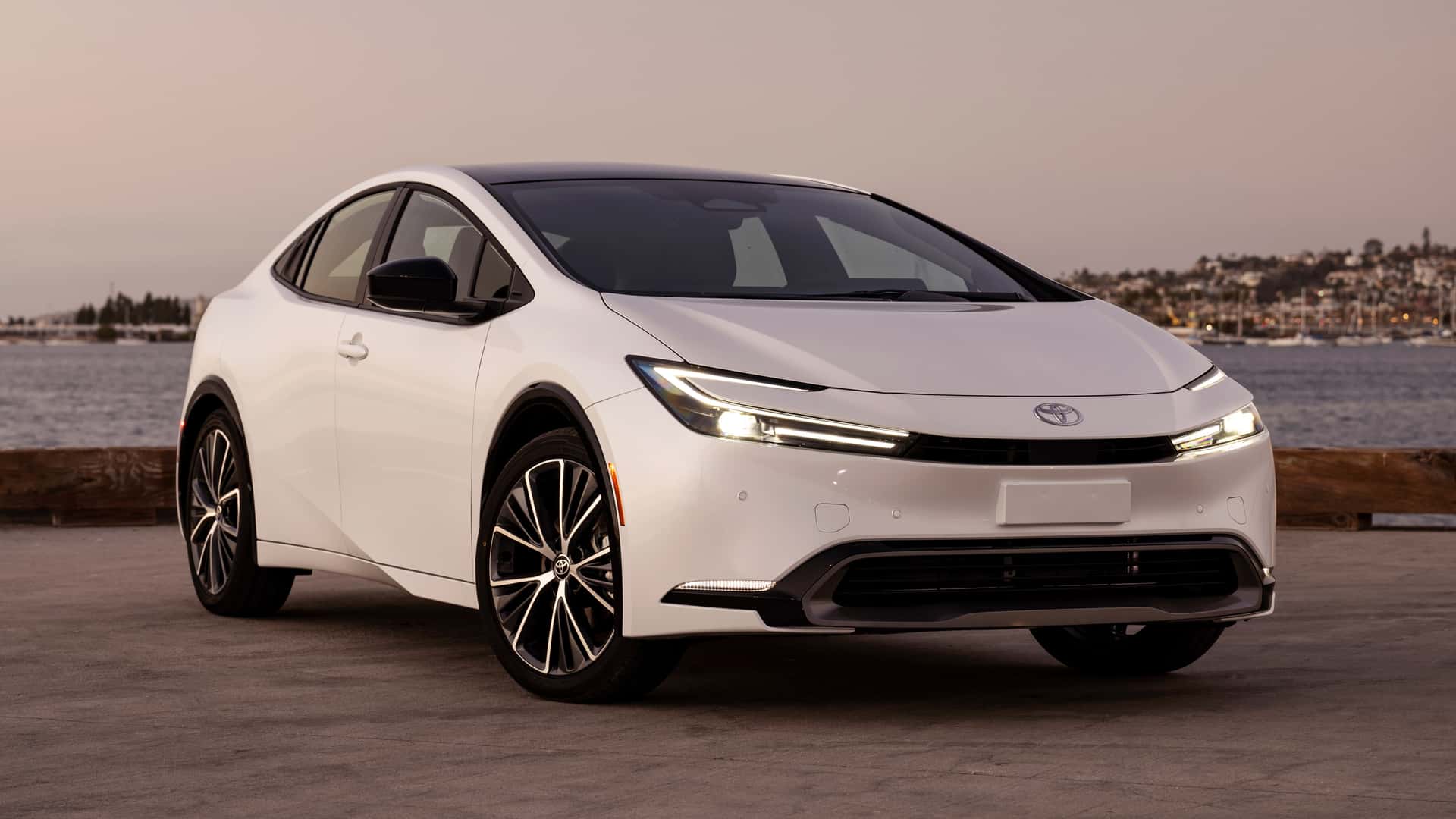
3. Toyota Prius
The Toyota Prius might not be the first car people think of when considering low maintenance costs, especially given its hybrid system, but it consistently surprises owners and experts alike with its long-term reliability and modest servicing needs.
Toyota has spent over two decades refining its hybrid technology, and the Prius benefits directly from that legacy. The Hybrid Synergy Drive system is one of the most proven and resilient hybrid powertrains on the market, and many owners report reaching 150,000 to 200,000 miles with little more than routine maintenance.
A big contributor to the Prius’s low maintenance cost is its regenerative braking system. Traditional braking systems wear out pads and rotors over time, requiring frequent replacements. In contrast, the Prius uses its electric motor to assist in deceleration, greatly extending the life of the braking components.
This can save hundreds of dollars over a five-year period, especially in city driving where braking is frequent. Additionally, the hybrid system reduces the strain on the gasoline engine, allowing it to run at lower RPMs and experience less wear.
Despite popular belief, the Prius’s hybrid battery is not a looming financial threat within the first five years. In fact, these batteries are designed to last well over 100,000 miles, and many are covered by extended warranties ranging from 8 to 10 years, depending on the state.
Toyota’s battery management systems are sophisticated, ensuring consistent performance and minimizing degradation. For most owners, the battery remains trouble-free and cost-free during the initial years of ownership, while other components of the vehicle continue to perform reliably.
Routine maintenance for the Prius is also surprisingly simple. Oil changes are less frequent due to the engine’s limited use, and because the car uses a continuously variable transmission (CVT), there are fewer moving parts than in a traditional automatic gearbox.
The air filters, coolant, and spark plugs are all easy to access and reasonably priced. Toyota dealerships often offer hybrid-specific service packages, making it easier and cheaper for owners to stay on schedule. These factors help demystify the hybrid ownership experience and show that it doesn’t have to be expensive or complicated.
On top of all that, Prius drivers benefit from a passionate and growing community of owners who frequently share tips, tricks, and troubleshooting solutions online.
The car’s green credentials and cost savings create a strong emotional connection with its user base, which adds another layer of support for new owners. With a blend of intelligent engineering, reliability, and real-world savings, the Prius proves that eco-friendly cars can also be financially sensible.
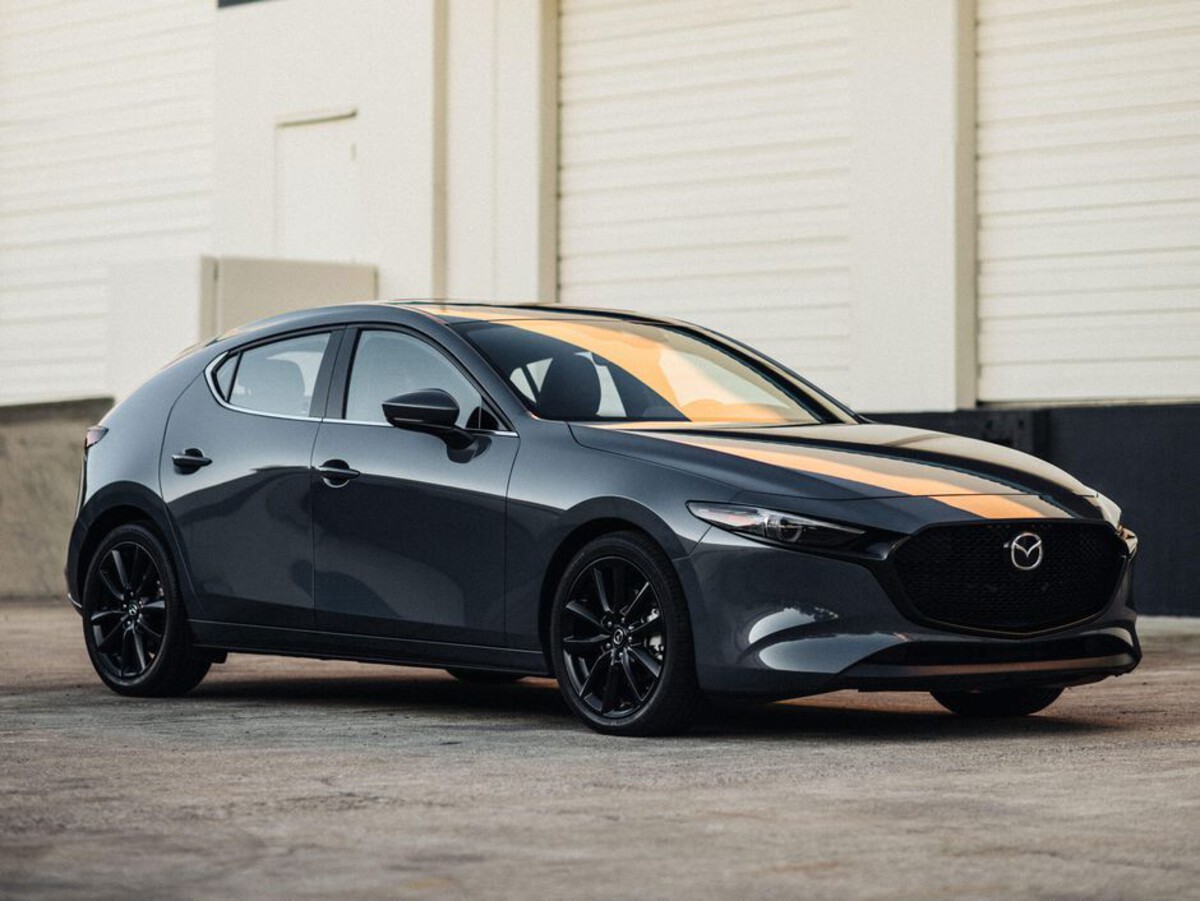
4. Mazda3
The Mazda3 is an exceptional example of a vehicle that combines driving enjoyment with cost-effective ownership. While Mazda as a brand is often praised for its handling and design, the Mazda3 in particular also happens to be one of the most affordable compact cars to maintain over five years.
Unlike other vehicles in its segment that rely on turbocharging or complicated dual-clutch transmissions, the Mazda3 uses simple yet efficient naturally aspirated engines paired with conventional automatic or manual transmissions, both of which are easier and cheaper to maintain.
Mazda has also gained a reputation for building vehicles that require fewer unplanned repairs. Consumer reliability surveys consistently place Mazda near the top, and the Mazda3 benefits from this reliability culture.
In terms of maintenance, the car requires standard services such as oil changes, tire rotations, and brake pad replacements, but rarely anything more during the first five years.
Engine durability is a particular strong point; Mazda’s Skyactiv engines have been praised for their efficient combustion process and minimal carbon buildup, which keeps performance high and maintenance needs low.
Parts availability is another reason the Mazda3 excels in maintenance costs. Even though Mazda is a smaller manufacturer compared to Toyota or Honda, its parts network is well-established. Aftermarket suppliers produce affordable replacements for filters, suspension components, and brake systems.
And because the Mazda3 doesn’t feature overly complicated technology under the hood, labor costs for routine services remain low. Owners also report that interior and electrical components are generally trouble-free, further reducing potential service bills.
Another important factor is the vehicle’s lightweight design and well-balanced chassis. These characteristics help reduce wear and tear on tires, suspension, and brakes. Because the Mazda3 isn’t overly heavy or aggressively tuned for performance, its components endure less stress during everyday driving.
This results in longer service intervals and fewer part replacements over time, ultimately lowering the total cost of maintenance. Additionally, Mazda’s commitment to reducing friction and enhancing efficiency in all moving parts translates to less mechanical strain and better overall durability.
The interior and exterior build quality also play a subtle but crucial role in maintenance costs. Mazda uses high-quality materials and precise manufacturing techniques, which means components such as door handles, switches, and window regulators rarely fail or require replacement early on.
This attention to detail helps prevent the small but annoying and costly repairs that can accumulate in other vehicles after a few years on the road. In essence, Mazda3 owners enjoy a car that feels solid and well-built, and one that doesn’t nag them with frequent upkeep or minor fixes.
Moreover, Mazda’s after-sales support and warranty coverage add an extra layer of reassurance. Typically, the Mazda3 comes with a competitive factory warranty that covers powertrain and major components for several years.
This warranty coverage protects owners from unexpected expenses during the critical early ownership period. Mazda dealerships are also known for providing efficient and fair service, which helps keep maintenance costs predictable and manageable.
In sum, the Mazda3’s low five-year maintenance cost is a combination of thoughtful engineering, reliable mechanical components, affordable parts, and solid build quality.
It offers a compelling balance between driving fun and financial practicality, making it a standout choice for buyers seeking a stylish yet cost-conscious compact car. The Mazda3 proves that it’s possible to enjoy spirited driving without sacrificing affordability in maintenance.
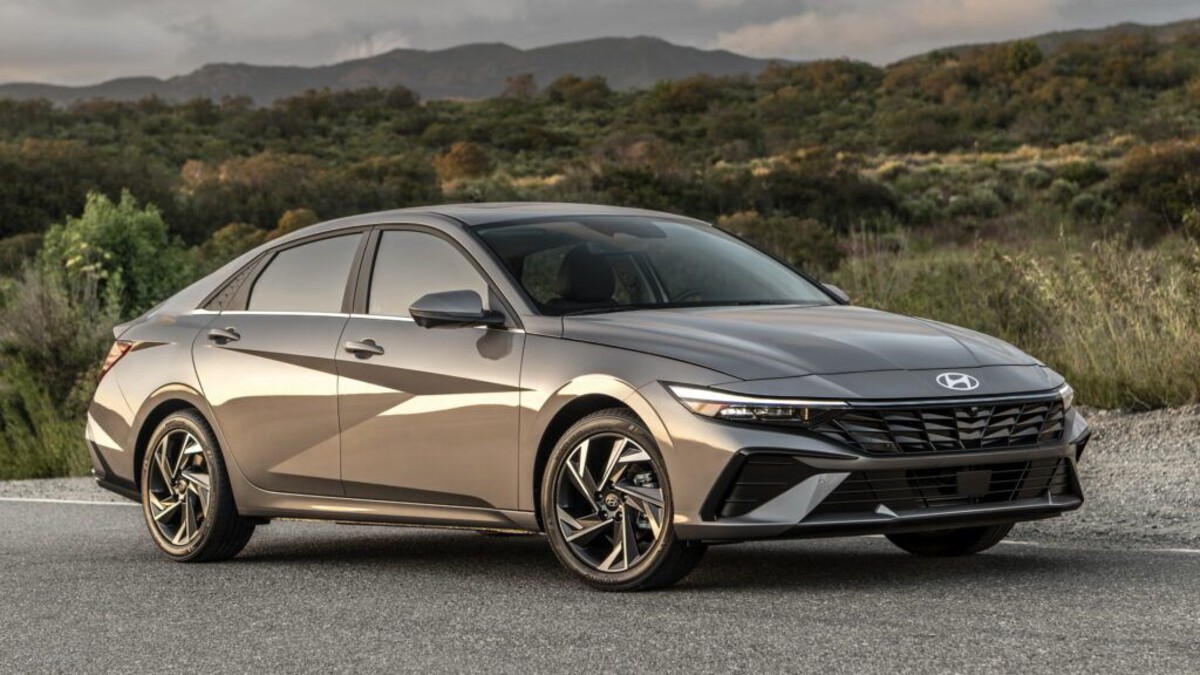
5. Hyundai Elantra
The Hyundai Elantra has undergone a remarkable transformation over the past decade, emerging as one of the most reliable and affordable-to-maintain sedans in its segment.
Once perceived as a budget brand with questionable quality, Hyundai has dramatically raised its standards by investing heavily in engineering, design, and quality control. As a result, the Elantra now ranks among vehicles with some of the lowest average maintenance costs over the first five years of ownership.
One major reason for the Elantra’s low maintenance costs is Hyundai’s comprehensive warranty program, which is among the best in the industry. The company typically offers a 10-year/100,000-mile powertrain warranty, along with a 5-year/60,000-mile bumper-to-bumper warranty.
This means that many costly repairs related to the engine, transmission, and major components are covered during the early ownership period, reducing out-of-pocket expenses for owners. The warranty also provides peace of mind, encouraging buyers to choose Hyundai without fear of expensive surprises.
Hyundai designs the Elantra with simplicity and durability in mind. The car’s engines are straightforward, often naturally aspirated 4-cylinder units that don’t rely heavily on turbocharging or complex fuel injection systems. This reduces the likelihood of mechanical failures and expensive component replacements.
The transmissions—typically traditional automatics or CVTs—are also engineered to withstand typical driving conditions with minimal maintenance. Routine services such as oil changes, brake servicing, and tire rotations are all affordable and infrequent.
Parts availability has improved significantly as Hyundai’s market share has grown. Replacement components for the Elantra are now widely stocked by both dealerships and third-party suppliers. This wide availability helps keep parts prices competitive.
The Elantra also benefits from a simple, practical design philosophy that makes many maintenance tasks easier and quicker to perform. For example, accessing engine components or filters doesn’t require extensive dismantling, reducing labor costs during routine servicing.
In addition to mechanical reliability, Hyundai has addressed concerns over interior quality and electronics. Earlier generations of the Elantra were sometimes criticized for cheaply made interior parts that required repairs or replacements. The current models feature higher-quality materials and improved assembly standards, resulting in fewer interior issues that might otherwise contribute to maintenance expenses.
Similarly, Hyundai’s infotainment and driver assistance systems have matured to become more reliable, minimizing the chance of expensive electronic repairs within the first five years.
Finally, Hyundai has cultivated a loyal customer base through strong value offerings, combining warranty coverage, affordability, and improved reliability. The Elantra has become a practical choice for buyers who want modern styling and features without the headache of frequent repairs.
With its low five-year maintenance costs, backed by warranty protection and dependable engineering, the Hyundai Elantra is an increasingly attractive option for those prioritizing financial sense in vehicle ownership.
5 Cars with the Highest Average 5-Year Maintenance Costs
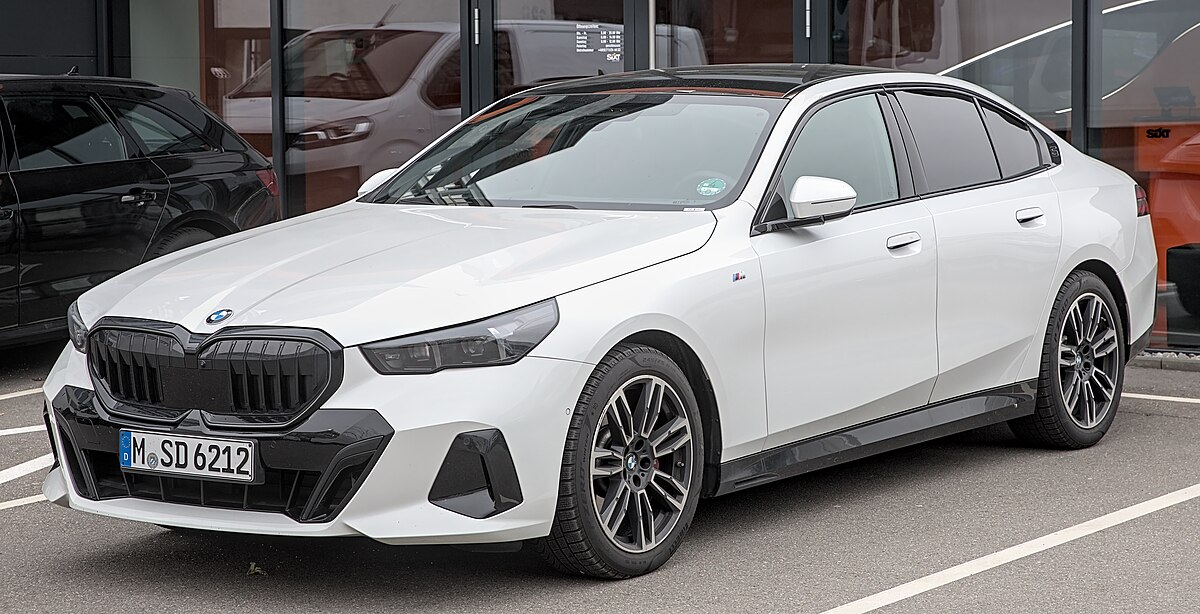
1. BMW 5 Series
The BMW 5 Series is often praised for its luxurious interior, sporty performance, and cutting-edge technology, but these qualities come with a hefty maintenance price tag. The complexity of the 5 Series’ engineering, especially in its recent models, is a major driver of its high upkeep costs.
BMW uses sophisticated turbocharged engines, advanced electronic systems, and high-performance components that demand meticulous care and specialized tools. These factors lead to more frequent repairs and expensive parts replacement, often beyond the coverage of standard warranties.
A significant contributor to the 5 Series’ high maintenance costs is its intricate electronics. Modern BMWs are equipped with a myriad of sensors, control modules, and infotainment systems that are integrated deeply into the vehicle’s operation.
When these electronic components malfunction, repairs can be very costly and time-consuming because diagnosing the issue often requires dealer-level diagnostic equipment and specialized expertise. Software updates and calibrations may also be necessary after repairs, adding to labor charges.
Another factor is the premium materials and parts used throughout the 5 Series. Whether it’s specialized suspension components designed for sporty handling or high-performance brakes, replacing these parts comes with a premium price.
Even basic services like oil changes require synthetic oil and sometimes proprietary fluids, which are costlier than conventional alternatives. Furthermore, BMW’s stringent service intervals often necessitate maintenance more frequently than mainstream vehicles, increasing annual servicing bills.
The 5 Series is also known for costly repairs related to the cooling system, turbochargers, and fuel injectors, all of which can fail prematurely if not properly maintained.
These repairs frequently run into the thousands of dollars, especially once the factory warranty expires. Owners who neglect routine maintenance or drive aggressively may find themselves facing these expensive repairs sooner than expected, adding to the overall cost of ownership.
Lastly, labor rates at BMW dealerships are typically higher than those at non-luxury dealerships, reflecting the specialized skills required to service such vehicles.
Independent shops capable of servicing BMWs are rarer and may also charge premium rates due to the complexity involved. Combined, parts and labor make owning a BMW 5 Series an expensive proposition, especially if you plan to keep the car beyond the initial warranty period.
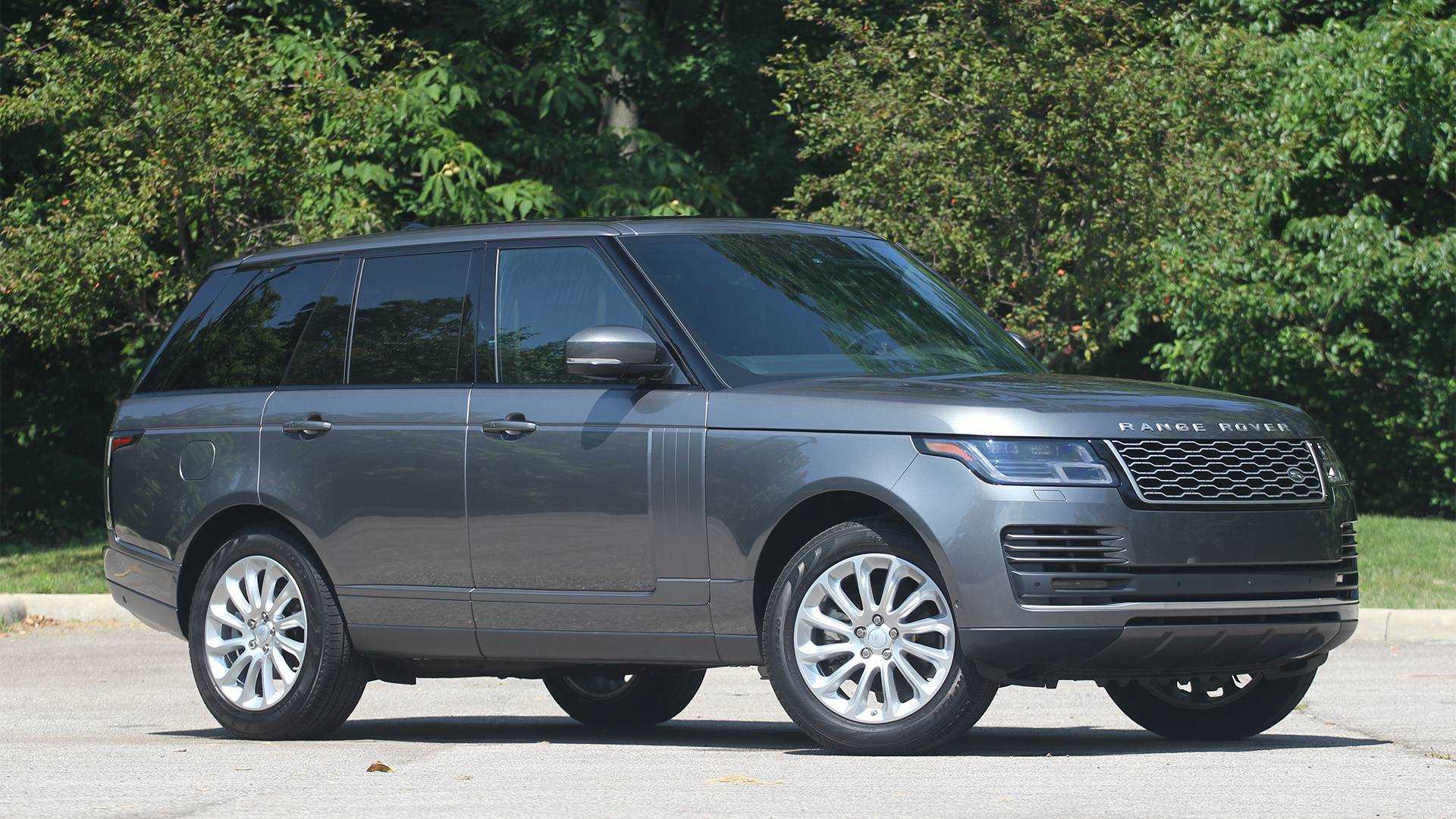
2. Land Rover Range Rover
The Land Rover Range Rover embodies luxury and off-road prowess but is infamous for its astronomical maintenance and repair costs. One of the main reasons behind its high expenses is the vehicle’s complexity.
The Range Rover’s advanced air suspension system, four-wheel-drive components, and numerous electronic safety and comfort features are all prone to malfunction and demand expensive repairs. This complexity means that even minor issues can require significant labor and costly parts replacements.
The Range Rover’s air suspension system, while offering exceptional ride quality and off-road capability, is a notorious source of costly repairs. Air springs and compressors wear out over time and are expensive to replace, often costing several thousand dollars per repair.
This system’s failures are common and frequently occur outside the warranty period, leaving owners to face huge bills. Suspension repairs are just one piece of the puzzle, as the vehicle also relies on electronically controlled dampers and sensors that can fail or require recalibration.
Electronics are another major headache for Range Rover owners. The vehicle is packed with advanced infotainment systems, driver assistance technologies, and complex onboard computers.
These components are sensitive and expensive to repair or replace. Many owners report issues with the infotainment system freezing or malfunctioning, requiring costly software updates or hardware swaps. The intricacy of the electronics also means diagnostic processes are time-consuming, inflating labor costs.
Additionally, parts availability and cost further drive up maintenance bills. Range Rover uses specialized parts that are often imported, driving up prices and causing long wait times for replacements. Even simple components like brake pads or filters can be pricier compared to mainstream vehicles due to the luxury branding and engineering specificity.
The use of high-quality, bespoke materials also means that cosmetic repairs or part replacements in the cabin or exterior are costly.
Finally, Land Rover’s reputation for poor reliability exacerbates the problem. Many owners experience frequent repairs during the first five years, often beyond routine maintenance. The combination of frequent repairs, expensive parts, complex technology, and premium labor costs at authorized service centers pushes the total cost of ownership well above average, making the Range Rover one of the most expensive vehicles to maintain over five years.
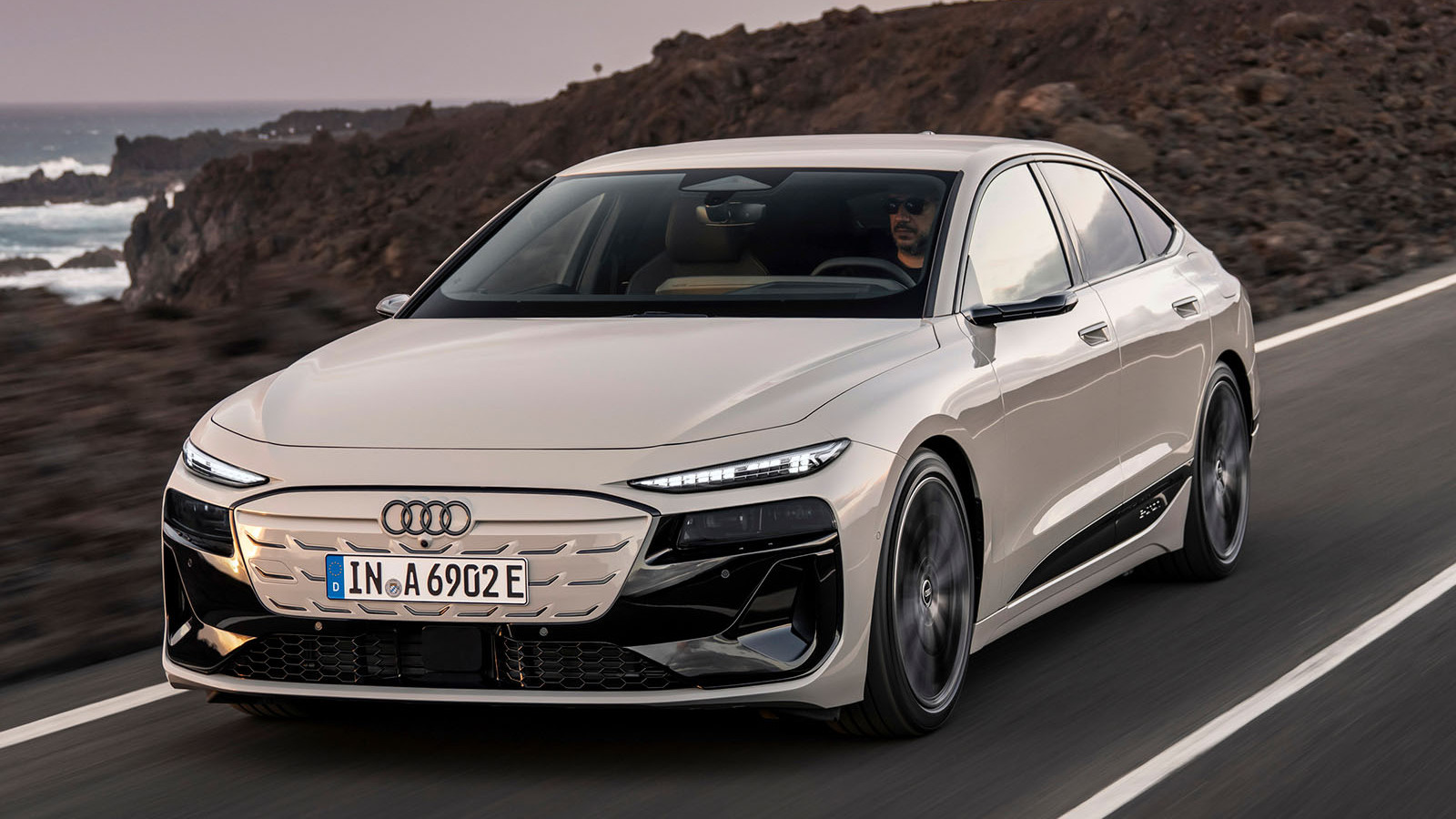
3. Audi A6
The Audi A6 combines German engineering finesse with high technology and luxury, but this sophistication comes at a price when it comes to maintenance.
Its advanced all-wheel-drive system, turbocharged engines, and complex electrical architecture contribute to above-average maintenance costs. The A6 requires specialized service, and many repairs involve labor-intensive processes that quickly increase service bills.
Turbocharged engines in the A6 are a significant factor in maintenance expenses. While turbocharging improves power and efficiency, it also adds complexity and more potential failure points.
Turbochargers can develop oil leaks or fail prematurely if not properly maintained, and replacement parts are expensive. The engine’s direct injection system requires periodic cleaning to prevent carbon buildup, a service that can be costly if neglected and allowed to cause engine performance issues.
The Audi Quattro all-wheel-drive system is another cost driver. Although it provides excellent traction and handling, the additional components involved—such as the center differential and multiple drive shafts—mean more maintenance and potential repairs.
Fluid changes for these systems must follow specific intervals and use premium lubricants, which add to the upkeep cost. Any failures in the drivetrain components can be very expensive to repair, sometimes requiring replacement of costly parts like the transfer case.
Electrical issues are a common complaint among A6 owners. The vehicle’s infotainment system, advanced driver assistance features, and electronic climate control systems depend on a network of sensors and control modules that can malfunction.
Diagnosing and repairing these problems often requires dealership-level diagnostic tools and expertise. Additionally, software updates are frequently needed to address bugs or improve functionality, adding to service visits.
Lastly, Audi parts and labor costs are typically high. As a luxury German brand, Audi uses specialized components that are pricier than those of mainstream vehicles.
Labor rates at authorized service centers are also elevated due to the need for certified technicians. Independent shops with the expertise to service Audis are less common and may also charge premium prices. Consequently, owners should anticipate higher-than-average maintenance costs over the A6’s first five years.
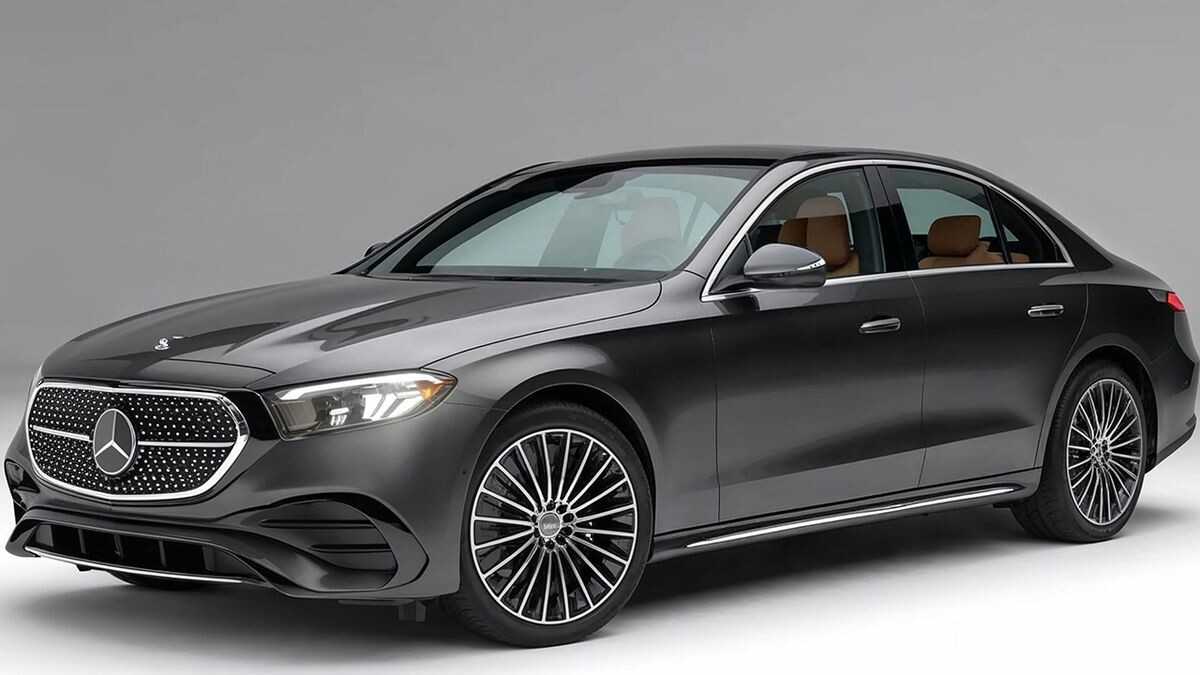
4. Mercedes-Benz E-Class
The Mercedes-Benz E-Class represents a blend of luxury, performance, and technology, but all these attributes come with some of the highest maintenance costs in the market.
Mercedes vehicles often utilize highly complex powertrains and advanced electronics, both of which can be costly to maintain and repair. The brand’s commitment to innovation means more moving parts and sophisticated systems that sometimes require specialized servicing.
A primary source of high maintenance costs in the E-Class is its advanced engine technology. Many models use turbocharged inline-4, inline-6, or V6 engines equipped with direct injection, variable valve timing, and other modern tech that adds complexity.
While these engines offer excellent performance and efficiency, they also require regular high-quality synthetic oil changes, and their components are more prone to wear or failure without meticulous maintenance. Replacing major components such as turbochargers, fuel injectors, or timing chains can run into thousands of dollars.
The E-Class’s suspension system is another major cost driver. Equipped with multi-link independent suspension and, in many models, adaptive air suspension, repairs or replacements can be very expensive.
Air suspension components such as compressors, sensors, and airbags tend to fail over time and are pricey to replace. Suspension repairs are labor-intensive, further increasing costs. Even minor alignment or calibration tasks can require advanced diagnostic equipment and expert technicians.
Mercedes-Benz vehicles also have extensive electrical systems powering everything from infotainment to safety features like lane-keeping assist and adaptive cruise control.
These systems depend on dozens of sensors and control units that can malfunction or require recalibration. Diagnosing electrical issues requires specialized tools, and repairs often involve expensive component replacements. Owners frequently report costly repairs related to electronic modules, battery replacements, and wiring harness issues.
Labor and parts costs at authorized Mercedes-Benz dealerships are notably high. Certified technicians with the necessary training and tools command premium labor rates.
Genuine Mercedes parts are also expensive due to their quality and brand value. Although some independent shops offer servicing at lower rates, the complexity of the E-Class often necessitates dealer-level expertise, keeping overall maintenance costs elevated throughout the first five years.
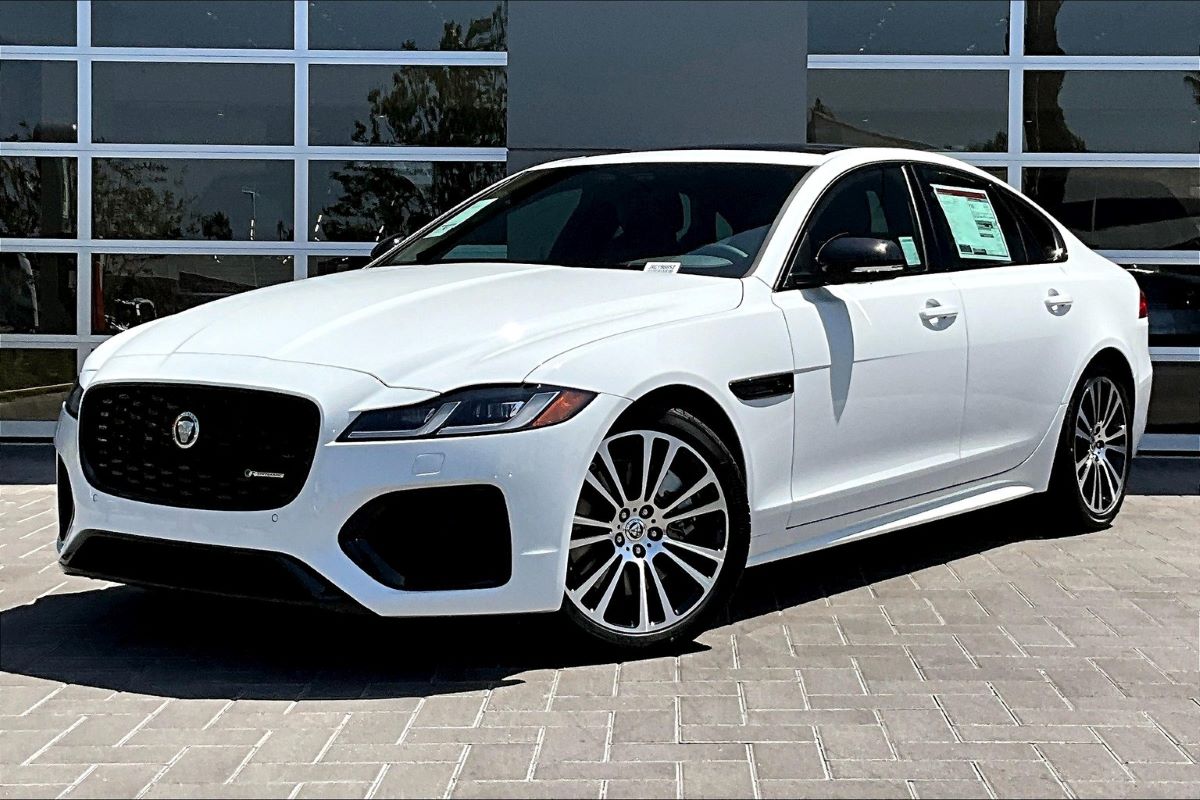
5. Jaguar XF
The Jaguar XF is a luxury sedan that promises performance, British craftsmanship, and distinctive styling, but it also comes with a reputation for very high maintenance and repair costs.
Jaguar’s focus on performance and technology means that the XF has numerous components and systems that require specialized care and can be expensive to fix. Owners often face costly repairs related to engine complexity, electrical gremlins, and suspension issues.
One of the main contributors to the Jaguar XF’s high maintenance costs is its range of turbocharged and supercharged engines. These powertrains deliver impressive performance but are complex and sensitive to maintenance lapses.
Components such as superchargers, intercoolers, and turbochargers can fail and cost thousands of dollars to repair or replace. The engines also require frequent and high-quality oil changes to maintain peak condition, and neglect can result in expensive repairs like timing chain replacements or head gasket issues.
Jaguar’s suspension system, which often features adaptive dampers and air suspension, is another weak point in terms of reliability and cost.
These systems enhance ride comfort and handling but are prone to leaks, compressor failures, and sensor malfunctions. Repairing or replacing suspension components on the XF can easily run into the thousands, and labor costs are high due to the complexity of the work.
Electrical and infotainment system failures are also commonly reported by Jaguar XF owners. The vehicle’s complex network of control modules, sensors, and software can develop faults that require dealer diagnostics and software updates.
Infotainment glitches, faulty sensors, and warning lights often necessitate multiple visits to service centers, increasing maintenance bills. The lack of widespread availability of knowledgeable, independent Jaguar specialists often forces owners to rely on costly dealership servicing.
Parts for the Jaguar XF tend to be expensive and sometimes have long lead times due to Jaguar’s lower production volumes compared to German luxury brands. Labor rates at authorized Jaguar service centers are also high, reflecting the specialized skills and tools required to work on these vehicles.
Taken together, the XF’s mechanical complexity, frequent repairs, and premium parts and labor costs contribute to its position as one of the most expensive cars to maintain over five years.
Also Read: 5 Sedans With Best Throttle Response And 5 That Are Sluggish
Selecting a car is an exciting yet complex decision that extends far beyond initial purchase price and aesthetic appeal. The often-overlooked dimension of maintenance cost plays a critical role in the total cost of ownership, shaping the vehicle’s long-term value and the owner’s overall satisfaction.
Through the exploration of five cars with the lowest average five-year maintenance costs alongside five models notorious for the highest maintenance expenses, it becomes clear that the landscape of automotive ownership costs is diverse and influenced by a variety of factors.
Vehicles with low maintenance costs, such as the Toyota Corolla, Honda Civic, Mazda3, Hyundai Elantra, and Subaru Impreza, exemplify how simplicity, reliability, and manufacturer support can translate into affordable ownership. These models are engineered with longevity and ease of repair in mind, often featuring robust naturally aspirated engines, well-proven drivetrain components, and fewer electronic complexities.
Widespread parts availability and competitive labor costs further keep maintenance bills manageable. These cars provide peace of mind and financial predictability, making them excellent choices for budget-conscious consumers, daily commuters, and families seeking dependable transportation without frequent disruptions or surprise expenses.
On the flip side, luxury and performance-oriented models like the BMW 5 Series, Land Rover Range Rover, Audi A6, Mercedes-Benz E-Class, and Jaguar XF, while offering advanced technology, superior craftsmanship, and exhilarating driving experiences, come with an undeniable trade-off in terms of maintenance costs.
These vehicles incorporate complex powertrains, sophisticated suspension systems, and cutting-edge electronics, all of which require specialized servicing and expensive replacement parts.
Labor costs are typically higher due to the need for certified technicians and dealership-exclusive diagnostic tools. Frequent repairs, particularly as warranty coverage expires, can impose significant financial burdens. Owners of these vehicles must be prepared for ongoing investment in upkeep to maintain performance, safety, and luxury standards.
The stark contrast between these two groups of vehicles underscores the importance of understanding total ownership costs when choosing a car. A low sticker price can be deceptive if paired with high maintenance expenses, while a premium price tag might be offset by excellent reliability and warranty coverage.
The balance between these factors depends heavily on personal priorities: some buyers value cutting-edge features and brand prestige and are willing to accept higher upkeep costs, while others prioritize affordability and long-term reliability.
Ultimately, informed buyers benefit from conducting thorough research on maintenance expectations, warranty offerings, and the reputation of specific models before making a purchase. Regular maintenance and attentive care remain crucial regardless of the vehicle, as neglect can dramatically increase repair costs and shorten the lifespan of any car.
Choosing a vehicle known for reliability and low upkeep costs can provide financial peace of mind and an overall more enjoyable ownership experience. This analysis encourages consumers to look beyond the immediate purchase price and consider how maintenance costs impact their finances and lifestyle over the long term.
By doing so, they can avoid unpleasant surprises and choose vehicles that align with both their needs and budgets. Whether opting for the reliable workhorses at the low end of maintenance costs or embracing the luxury and performance of high-maintenance models, being aware of these factors empowers smarter, more confident automotive decisions.

